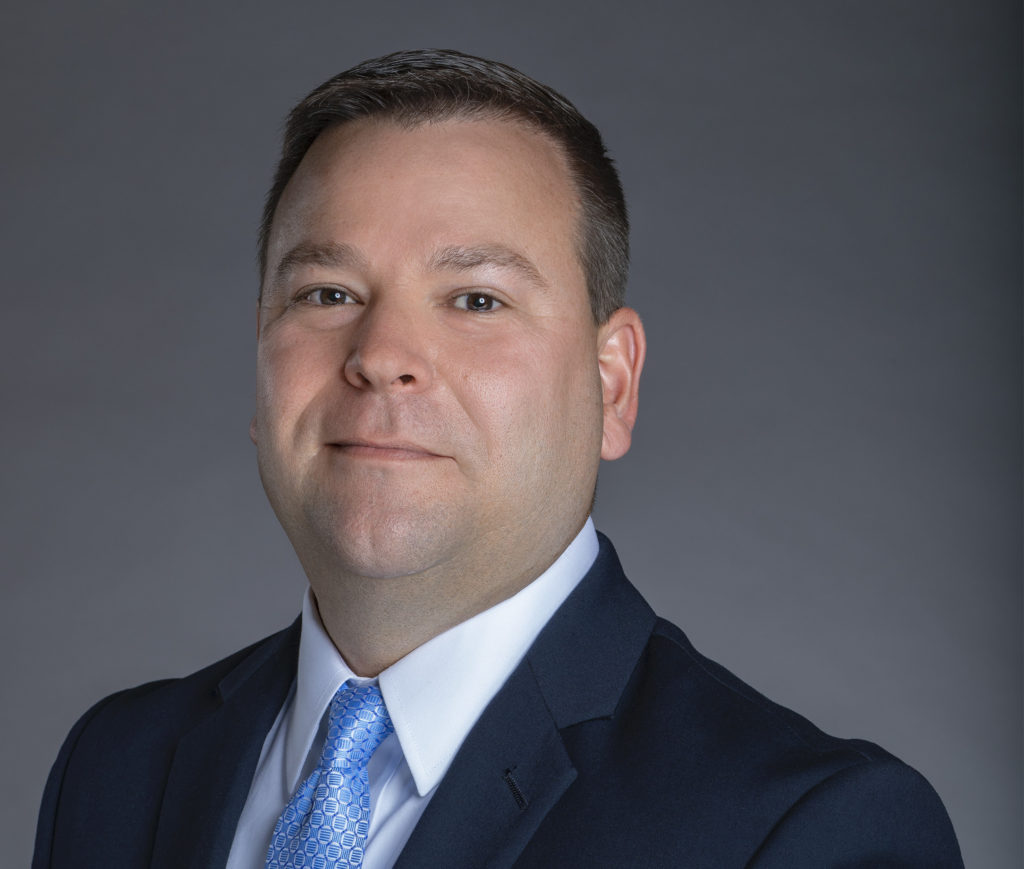South Carolina-headquartered hospice provider Agape Care Group recently moved into Georgia where it will serve 12 counties, marking the company’s first venture outside of its home state of South Carolina. With that de novo under its belt, Agape Care has plans to expand in a number of Southeastern states, primarily through acquisitions.
Agape is a portfolio company of the Chicago-based private equity firm The Vistria Group. The company’s more than 900 employees care for 1,500 patients annually in South Carolina and now Georgia, providing hospice and palliative care. The new location is situated in the city of Augusta and will serve as the foundation for a soon-to-grow network in Georgia.
Agape Care’s CEO Troy Yarborough recently sat down with Hospice News to discuss the company’s plans and strategies for growth through 2021 and into 2022.
Agape recently expanded into Georgia. Could you talk about why that was an important market for you?
Georgia presents compelling demographics and the near term opportunity when we look at our footprint across South Carolina, areas like Augusta [Ga.], and some of those near the state border make a lot of sense. We find ourselves in a position where our teams, our local teams in particular, are very familiar with those areas. The demographics look good in terms of the aging Medicare population in the state, and we feel like we bring a unique service model into the community, starting with the Augusta market.
You have some future expansion in the works. Can you tell me about the markets that you’re looking at?
We’ve been very busy on the [mergers and acquisitions] front, exploring a variety of opportunities across the Southeast. We are certainly working on several near-term deals that we hope will expand our footprint in the Southeast. Georgia is a market that we’re very bullish on as other areas, particularly those that are somewhat in a continuous fashion to our dense footprint in the state of South Carolina.
You mentioned acquisitions. Is that your primary growth strategy right now? Are you considering de novos as well?
We’re absolutely focused on a three-pronged approach. Clearly, as we’ve built our model in South Carolina we want to succeed on the organic front and continue to do well in terms of expanding our growth in that state. In a similar fashion, in addition to acquisition opportunities to get us into new geography, we’re excited about de novos. We’re looking forward to startups off of those acquisitions.
We think that being good at all three aspects of growth is the right way to approach business. Our model is really about density, and it’s about creating a platform that acts similarly across our markets. We want consistency in how our care is delivered. We want our processes to align whether we’re in South Carolina, Georgia or any other state. In outlying geography, we want consistency in our platform. We think that’s the right approach that empowers the local market teams.
We think downstream as we move towards value-based care and other initiatives, it will be a compelling differentiator for payers to understand that our model creates a little bit more consistency than maybe others that have a disparate approach to how they operate.
Are you able to tell me about how many transactions you have in your pipeline? Or is that confidential?
The exact number is confidential. We are continuing to explore this year and expect to complete several transactions in the near term in 2021 as we continue to grow and expand in the Southeast. We are already beginning to identify and engage opportunities that stretch into 2022 as well.
What factors do you consider when you’re looking at moving into a new market?
You’ve got the obligatory demographics. Are there patients there to serve? How are those patients currently served from a competitive standpoint? How solid is the lineup of competitors? Is the market a [certificate of need (CON)] state, versus non-CON?
Then we look at whether there are opportunities to acquire entities that have incredibly solid foundations, that have a good business and history and reputation. We look to see if they have a clean approach to compliance and are doing business as we would expect. We only want to look in markets and into organizations from an acquisition standpoint that operate today in a manner that is conducive to what we expect from a compliance standpoint.
Do you have a growth target in terms of patient census?
We want to grow, but I wouldn’t put a number on it. We’ve got to be thoughtful in how we’re growing. Certainly, we have metrics and expectations around what that organic growth number will do to our census. I think we have to be opportunistic, though. When we begin to look at our M&A activity, can we find the right organizations and what would they add to our overall census?
If we’re successful on the M&A front, you’ll see those two as the key drivers. Further into 2022 and 2023 is where I think you’ll see a lot of the de novos factoring in and really building our census as well.
The reality is we are growing faster than we had anticipated, which is tremendous. We want to do so in a measured manner such that our care delivery does not suffer.



